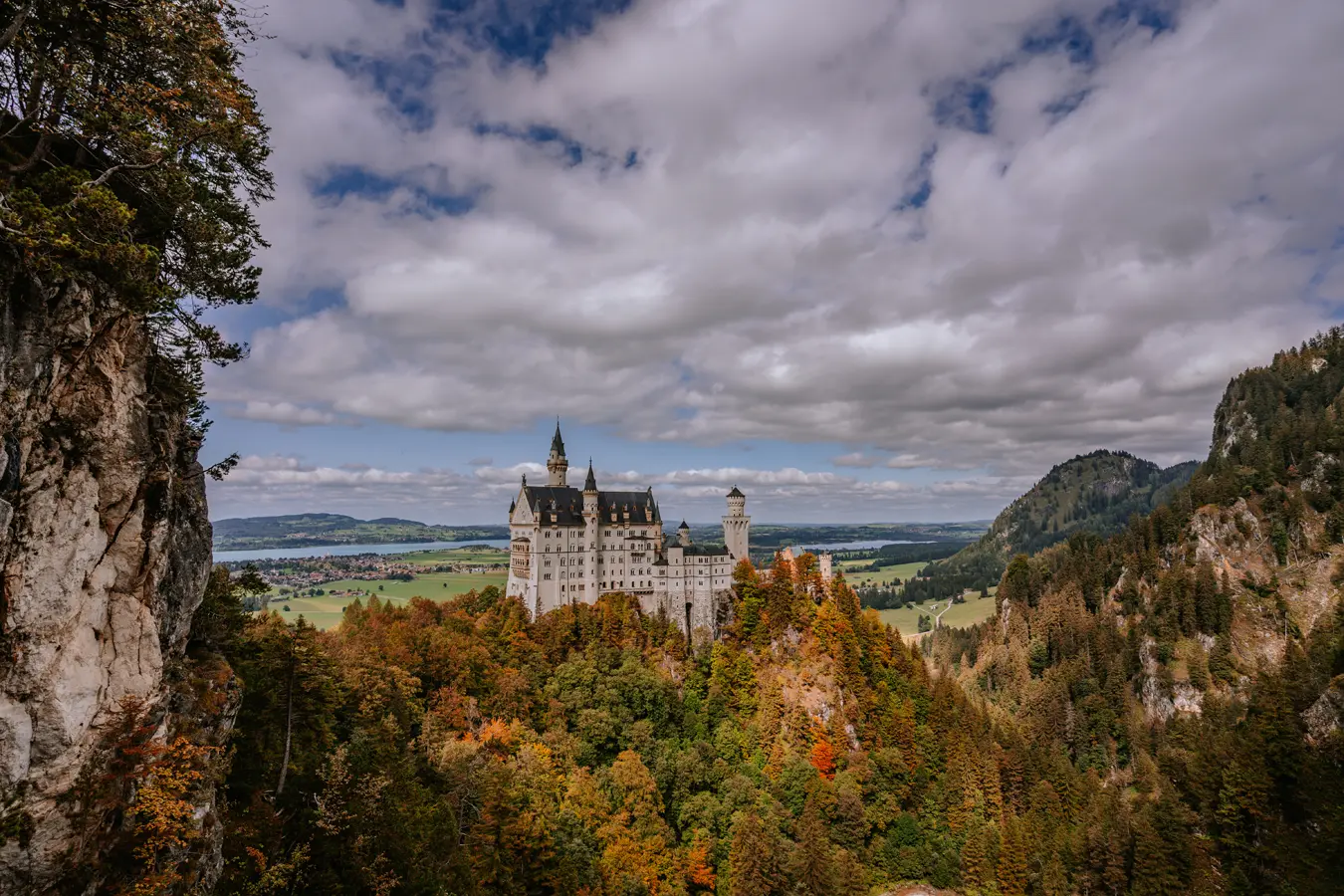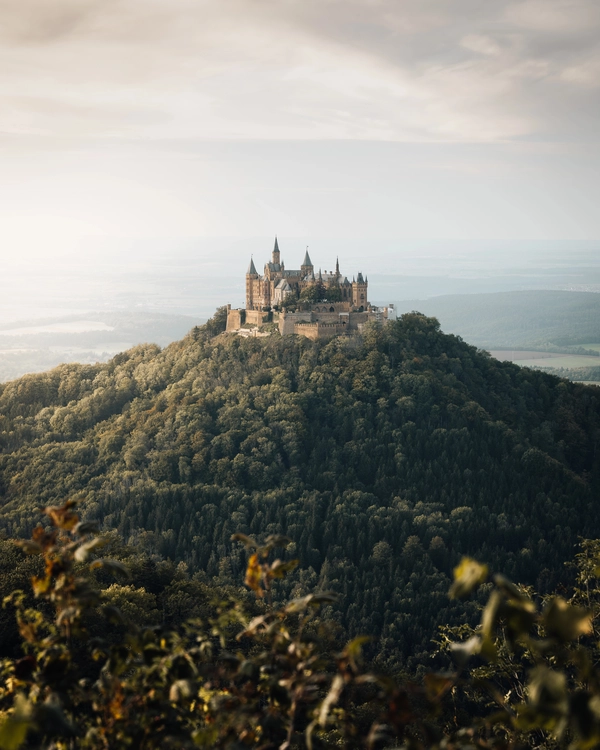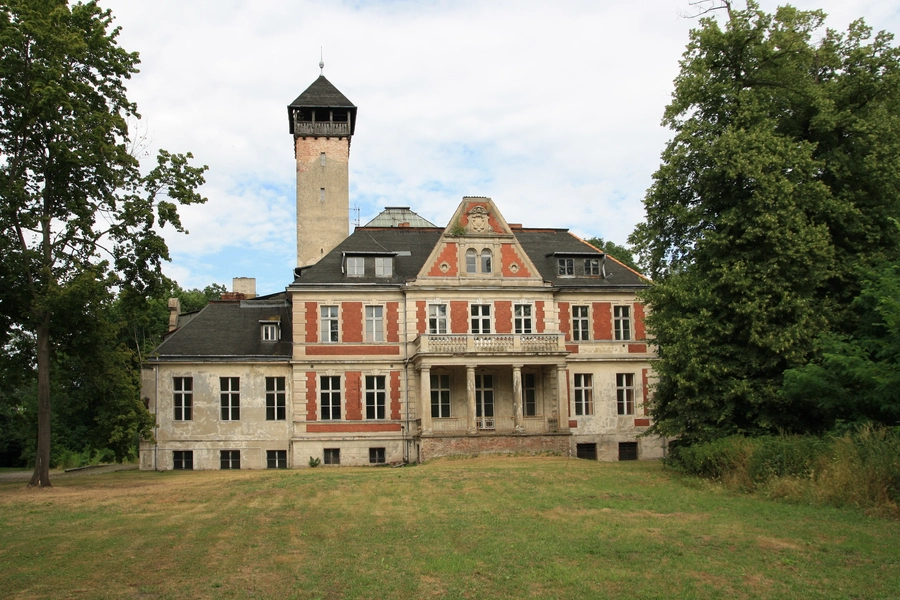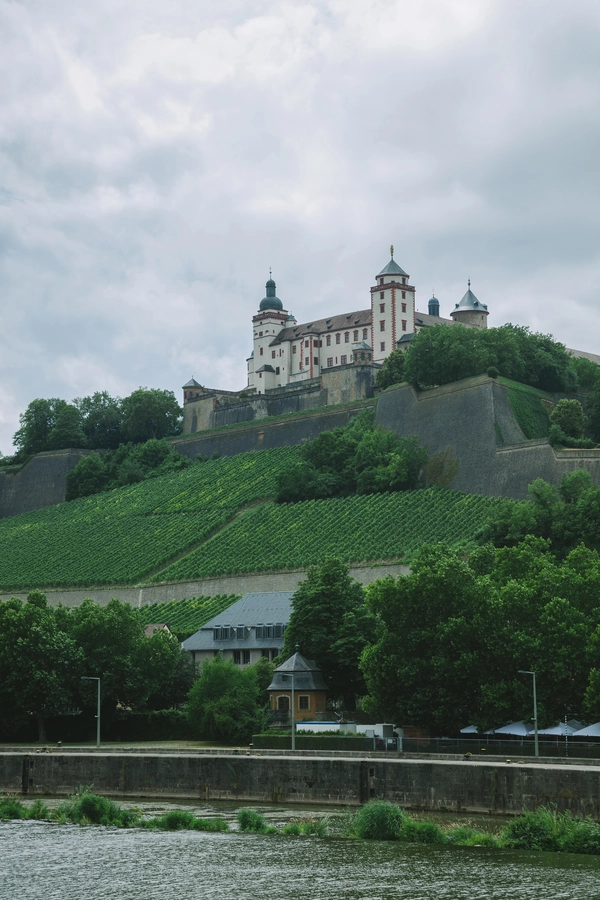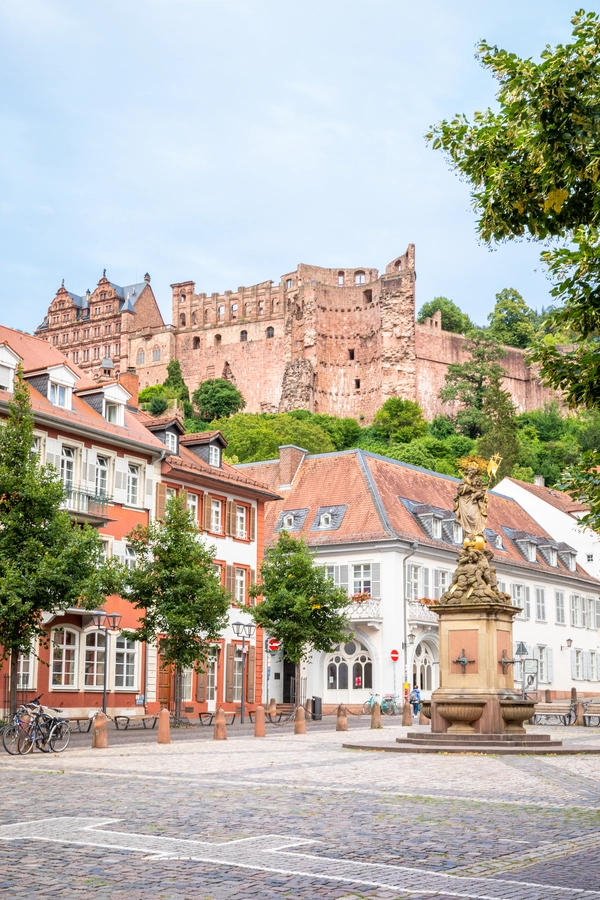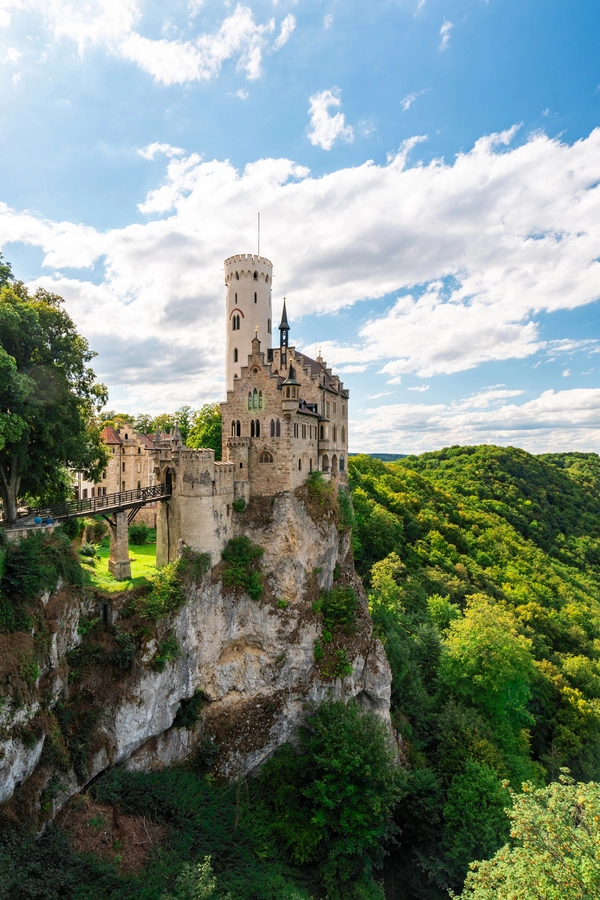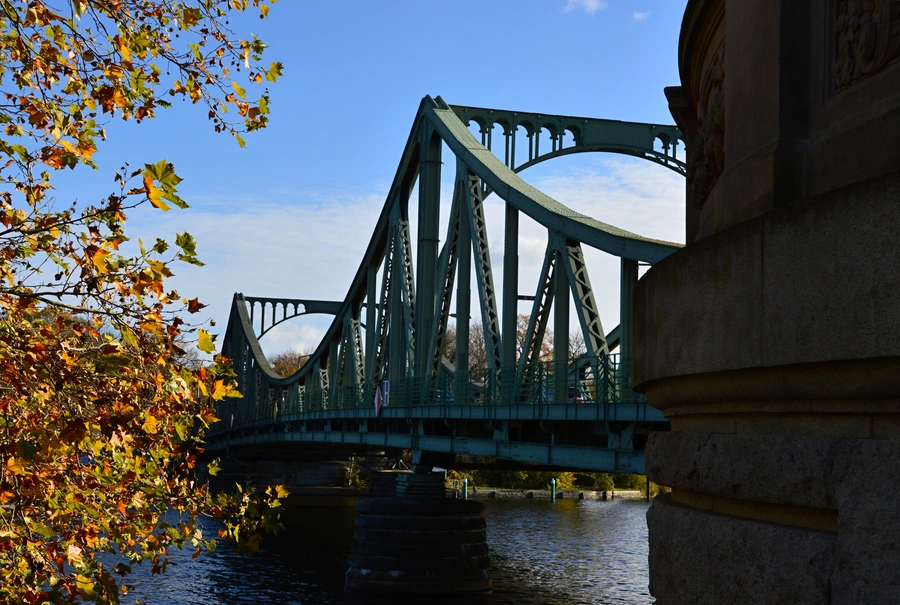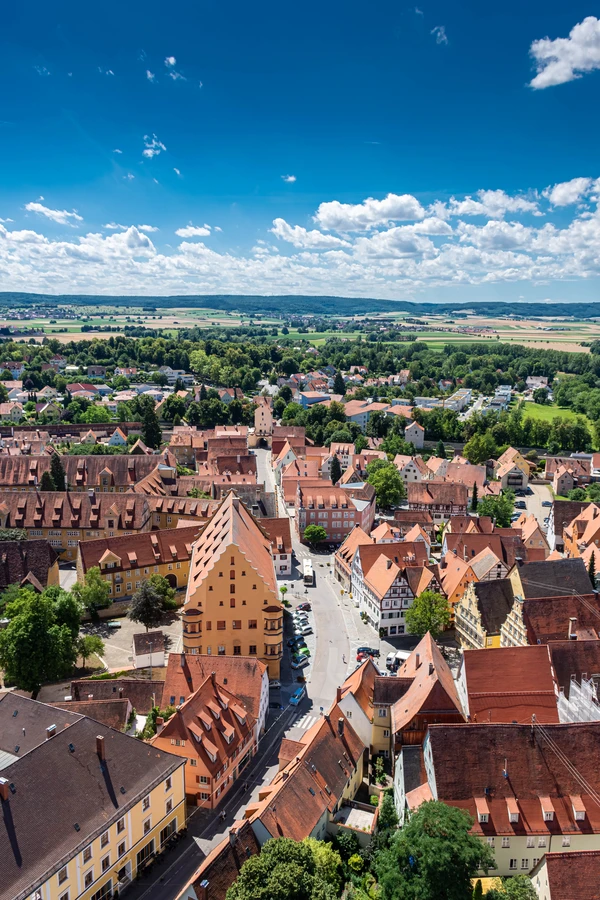- Home
- German castles in movies
German Castles in Movies: Hollywood Meets History
By: Eran Fulson / Traveler & Blogger / After 15+ years of travel across North America and Europe, I now help travelers experience Germany beyond the guidebooks with firsthand tips and cultural insights.
Published: January 23, 2025
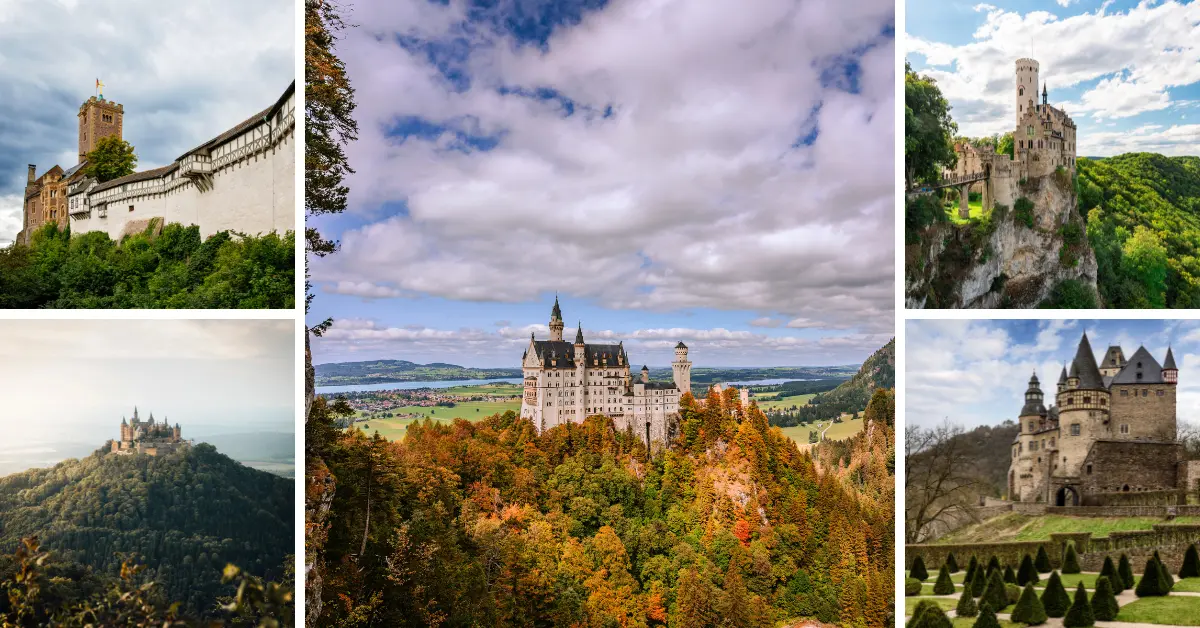
Germany is home to some of the world’s most breathtaking castles and architectural landmarks, many of which have served as dramatic backdrops in Hollywood movies and TV shows.
These historic sites don’t just make for striking visuals—they carry centuries of history, myths, and cultural significance. When filmmakers select a German castle for their stories, they’re not just borrowing scenery; they’re infusing their narratives with a sense of timelessness and authenticity.
I’ll explore 10 iconic German castles and landmarks that have graced the silver screen and how to visit them the next time you're flying by. If you’ve ever wondered where the magic of Hollywood intersects with the grandeur of German history, this blog post is for you.
Planning Tips at a Glance:
1. Neuschwanstein Castle (Bavaria): A Fairy-Tale Dream
Neuschwanstein Castle’s whimsical design makes it one of the most recognizable castles in the world. It inspired Disney’s Sleeping Beauty Castle and appeared in Chitty Chitty Bang Bang (1968). The castle’s towering turrets and dreamy setting in the Bavarian Alps evoke a sense of childlike awe, making it the perfect symbol of fairy-tale wonder.
If you're not keen on the 40-minute walk uphill (and I wouldn't blame you), the horse-drawn carriage from the village is a more traditionally comfortable way of reaching the top. There is also a bus if you're on a tight schedule.
From personal experience, I'd recommend visiting Neuschwanstein outside of the summer season due to the crowds. However, there are also plenty of other castles in Bavaria to whet your fantasical whistle.
2. Hohenzollern Castle (Baden-Württemberg): Eerie Elegance
The neo-Gothic Hohenzollern Castle in Baden-Württemberg provided the haunting location for Gore Verbinski’s psychological thriller A Cure for Wellness (2016). Perched atop a mountain, the castle’s isolated and imposing silhouette perfectly complemented the film’s dark and unsettling themes.
It's a bit of a hike from the main parking lot up to the castle, so bring good walking boots. And while the views from the castle are amazing, try a hike around Zellerhorn Mountain during the golden hour for amazing views of Hohenzollern from a distance.
And if you think Hohenzollern's architecture is amazing, it stands in some good company with other famous architecture in Germany.
3. Bürresheim Castle (Rhineland-Palatinate): Indiana Jones’ Daring Escape
Bürresheim Castle played a key role in Indiana Jones and the Last Crusade (1989) as Schloss Brunwald. Its medieval design and secluded surroundings were ideal for depicting the castle where Indiana Jones’ father was held captive.
Tours are only held in German, but there are English guidebooks available to purchase on-site. For what it's worth, I'm pretty sure Indiana Jones didn't need one. Just saying.
4. Schloss Schulzendorf (Berlin): The Queen’s Gambit
Netflix’s The Queen’s Gambit used Schloss Schulzendorf as the orphanage where Beth Harmon grew up. This location’s understated beauty and somber atmosphere perfectly captured the tone of the series, proving that castles don’t always have to be majestic to leave an impression.
Unlike many castles near Berlin, this one is not open to the public. However, from a distance—snap away.
5. Marienberg Fortress (Bavaria): A Musketeer’s Playground
The Marienberg Fortress in Bavaria was one of the German locations for The Three Musketeers (2011). Its medieval architecture provided a perfect backdrop for sword fights and swashbuckling adventures.
Serving as the residence of the prince-bishops for nearly five centuries, it showcases a blend of architectural styles from different eras. I'd also recommend visiting nearby Würzburg and making a day of it.
The Three Musketeers couldn't get enough of Bavaria and also filmed in Würzburg, Bamberg, and the Munich Residenz.
6. Heidelberg Castle (Baden-Württemberg): A Romantic Ruin
Easily one of the most famous castles a day-trip away from Frankfurt, Heidelberg Castle appeared in The Student Prince (1954), a film that romanticized its majestic ruins. It’s a testament to how even a partially destroyed castle can captivate audiences.
And speaking of captivating audiences, three times a year the Heidelberg Illumination lights up the sky to commemorate when the castle was engulfed in fire.
7. Wartburg Castle (Thuringia): The Reformer’s Refuge
This is a bit of a twister. Luther (2003) filmed at Veste Coburg to mimic Wartburg Castle (photo above) in depicting Martin Luther’s refuge during his translation of the Bible.
If you're seeking authenticity, Wartburg Castle is not only a UNESCO World Heritage Site, but the Romantik Hotel auf der Wartburg will put you up like royalty—or a Protestant reformer on the run.
8. Lichtenstein Castle (Baden-Württemberg): A Fairy-Tale Fortress
Lichtenstein Castle’s fairy tale design was appropriately featured in Sleeping Beauty (2009). Its whimsical architecture makes it a natural fit for movies with a flair for the dramatic.
Known as the "Fairy Tale Castle of Württemberg," Lichtenstein Castle is photogenically perched on a cliffside that encourages photos from all angles—just watch your step.
Noteworthy Film Locations
9. Glienicke Bridge (Potsdam, Brandenburg): Espionage in Action
Known as the “Bridge of Spies,” this Cold War-era landmark was prominently featured in Steven Spielberg’s Bridge of Spies (2015). Though not a castle, its historical significance and striking design make it an essential inclusion in any discussion of German landmarks in film.
It's recommended to join a guided tour to fully grasp the historical significance of the bridge. Having been on a tour that covered WWII & Cold War sites from Berlin's Wannsee district to Potsdam in Brandenburg, it was definitely something I'll never forget.
Below is a video from 1986 showing the last spy swap to take place on the Glienicke Bridge while simultaneously being the first to happen in public.
10. Nördlingen Town (Bavaria): A Meteoric Setting
Nördlingen’s medieval charm made a brief appearance in Willy Wonka and the Chocolate Factory (1971). The town’s unique history—built inside a meteor crater—adds another layer of intrigue.
Interestingly, Nördlingen is one of three remaining towns in Germany with completely intact city walls. With its location on the Romantic Road, it's definitely worth a stopover.
Final Thoughts
German castles and architectural landmarks bring a unique depth to Hollywood productions. They’re more than just beautiful backdrops; they’re characters in their own right, adding historical, cultural, and emotional layers to the stories they help tell. By choosing these iconic locations, filmmakers pay homage to Germany’s rich heritage while creating unforgettable cinematic moments.
If you’re a fan of film or history, visiting these castles and landmarks in person is an experience like no other. You’ll not only walk in the footsteps of Hollywood legends but also immerse yourself in the stories that have shaped these incredible places.

